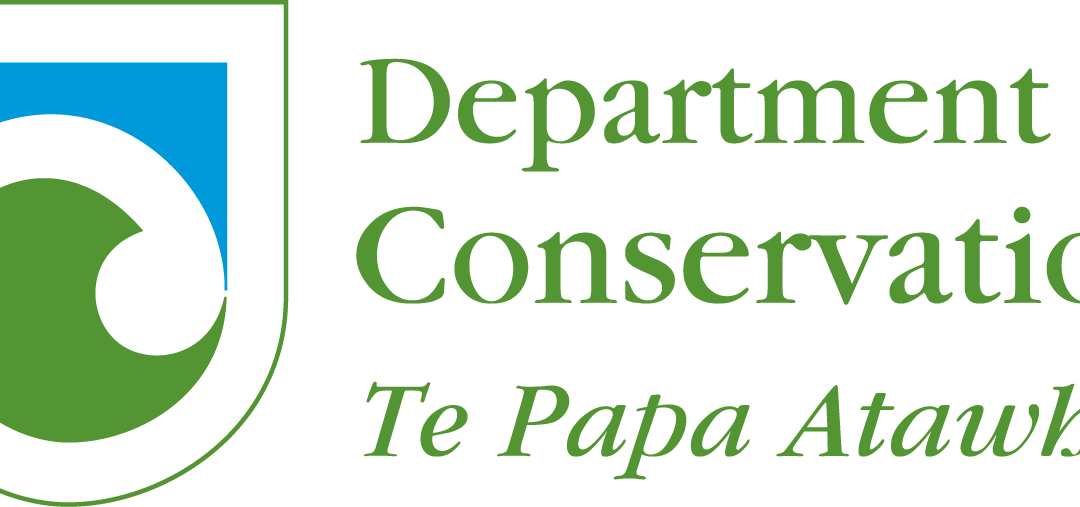You may be aware that Te Hiku have had a record number of sea turtles strand along various local beaches in 2024. Sick turtles were taken to Auckland Zoo’s veterinary hospital for medical treatment. Those that survived treatment were then transferred to Sea Life Kelly Tarlton’s Aquarium for rehabilitation and there are currently 15 turtles in their care. 10 are currently being assessed by the Zoo vets to see if they are fit and ready to be returned into the wild.
During December 2024 a green sea turtle stranded along Taupo Bay and was taken to Kelly Tarlton’s for rehabilitation. This turtle is now strong enough to be released back into the wild during a planned turtle release.
We would like to extend an invitation to Ngāti Kahu ki Whangaroa and Ngāti Rua to attend the release planned to take place on Wednesday 26 March 2025 at Rangiputa Beach, Northland.
Purpose
Turtle Release and Research
In March 2025 Kelly Tarlton’s are planning on releasing 10 rehabilitated green turtles at Rangiputa Beach, Northland. This will take place via two separate turtle release dates.
During the first release, five turtles will be satellite tagged. Dr Karen Middlemiss – DOC Marine Senior Science Advisor for sea turtles – will be carrying out green turtle research on 20 green turtles over the next 3-years to study their movement and distribution behaviour in coastal waters. This is being done in collaboration with Kelly Tarlton’s and Auckland Zoo. It will help DOC identify important green turtle coastal habitat with a view to habitat protection and restoration.
The second release in 2025 will see a further five green turtles released at Rangiputa Beach but these will not be part of Karens research project.
Proposed dates for turtle releases:
Wednesday 12 March: 5x green turtles – with satellite tags attached.
Wednesday 26 March: 5x green turtles – no satellite tags (please note, the sea turtle found at Taupo Bay is proposed to be released in this second release, and not part of the wider research group).
During Karens research a satellite transmitter will be glued to the shell of each sea turtle and using state-of-the-art satellite-tracking technology, she will be able to monitor the movements of the sea turtles each day for potentially up to a year once returned to the moana. This method is commonly used around the world by researchers to study green turtle behaviour. The tag detaches over time when the glue comes unstuck (usually when turtles knock/rub their shells against things whilst swimming around rocky habitat). Turtles do not need to be recaptured to collect data or remove the tag.
This research will help DOC to better understand turtle behaviour and we hope to use the information gathered to inform conservation decisions on area protection and habitat restoration for this endangered species in coastal habitats of significance. The coastal areas around Rangaunu Harbour appear to be important for green turtles, based on standing numbers and observations, but we do not yet know fine scale detail on how they are utilising the harbour (e.g., amount of time spent in different areas, response to temperature changes, seasonal movements etc.). This project will help answer those questions.
The release in March 2024 will be the beginning of a 2-3 year research project where some of the sea turtles successfully rehabilitated at Kelly Tarlton’s each year, and released back into the wild, will be fitted with satellite tags. In year one we will be releasing satellite tagged turtles at Rangiputa beach and it is likely this will be the location used in subsequent years. We hope to tag up to a total of 20 turtles over 2-3 years starting with five in year one.
Background and context
DOC, Kelly Tarlton’s and Auckland Zoo
- DOC has had a positive working relationship with Kelly Tarlton’s Aquarium for more than 17 years and works closely with Auckland Zoo for sea turtle care. The three organisations collaborate closely on sea turtle conservation.
- Kelly Tarlton’s has a Wildlife Act Authority to hold and rehabilitate endangered species, including sea turtles. They are the only aquarium in New Zealand qualified to rehabilitate turtles.
- Kelly Tarlton’s is permitted by DOC to release rehabilitated green turtles into coastal waters off the northeast North Island as close as possible to where they were found.
- DOC is following the seasonal movement and distribution patterns of individual green turtles around Northland coastlines.
Turtle Rehabilitation
- Globally there are seven species of sea turtles, all endangered or critically endangered, and five of which are found in New Zealand waters including green, olive ridley, hawksbill, loggerhead and leatherback. All are protected under the Wildlife Act (1953).
- Turtles strand in varying states of health on New Zealand’s coastline every year from Northland to Rakiura. Live strandings always indicate sick rather than resting animals. Around 75% of all green turtle strandings in 2024 were in Northland and they are seen in the waters there year-round.
- Vet investigations (e.g., blood tests and x-rays) show nearly all live turtle strandings are suffering from dehydration, and some have pneumonia and gastrointestinal problems. Each turtle has a record kept of their health care.
- Green turtles have high survival rates with medical attention, unlike hawksbill and olive ridley which don’t currently respond as well, and all sick turtles are transported by DOC rangers as soon as possible by air or road to Auckland Zoo. They receive medical care and are then sent to Kelly Tarlton’s for rehabilitation if they respond well to treatment.
- Turtles are housed at Kelly Tarlton’s aquarium until they are well and vet staff recommend them for release back into the moana. Kelly Tarlton’s has rehabilitated and released more than 40 turtles over the past two decades.
Please reach out to confirm your attendance and if you have any comments, concerns, or queries with regard to the turtle release and turtle research.

